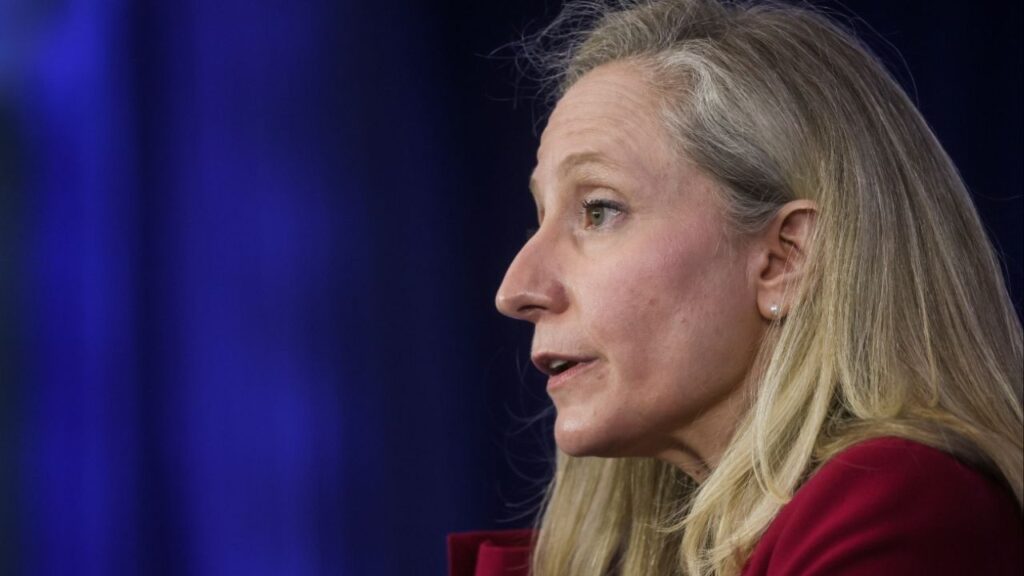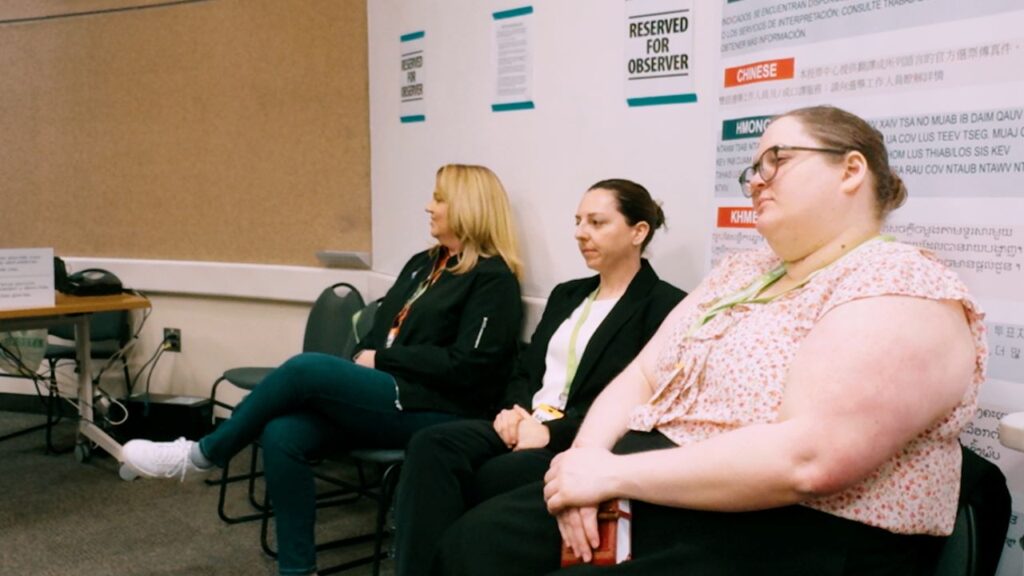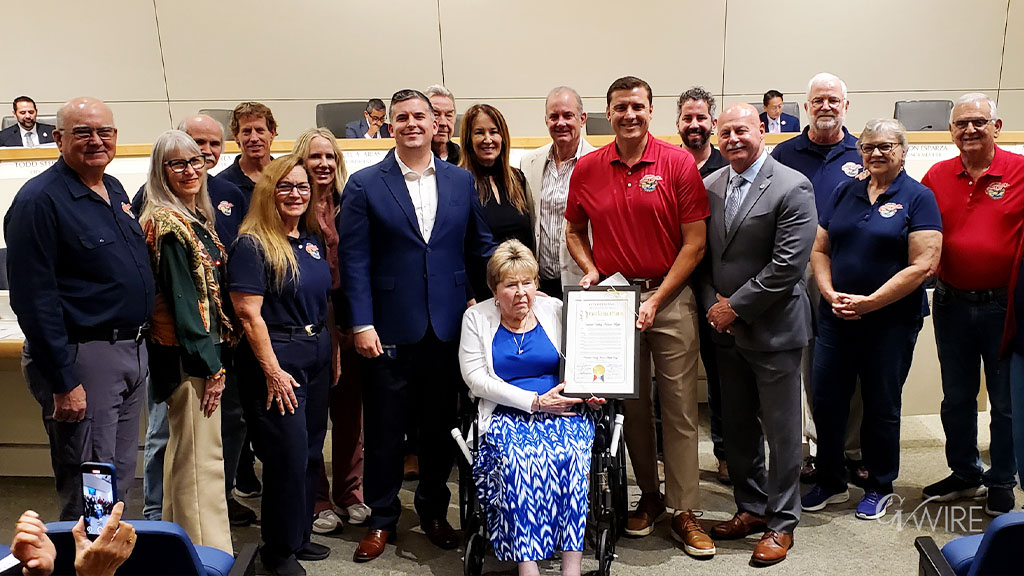Share
|
Getting your Trinity Audio player ready...
|
Like our changing climate and its many impacts on our communities, economy and environment; like the collapse of critical infrastructure; like the humanitarian homelessness crisis on our streets and the housing shortage driving it; like so many other slow-motion disasters that have befallen us, the warning signs have been unmistakably clear.

Tracy Hernandez

Tim Wunderman
And just as often, we have ignored them, denied them and been slow to act.
Untold volumes have been written about California’s signature environmental law and how over the past five decades it has metastasized through judicial activism and other means to become a signature obstacle to progress. Examples are legion and often ludicrous, and the evidence presented in mountains of research indisputable. For all its good intentions and good outcomes, the California Environmental Quality Act, or CEQA, has been increasingly exploited and perverted to slow or block everything from bike lanes and solar installations to affordable infill housing and homeless shelters.
And often, the reasons have little to do with protecting our environment. In Southern California, for example, CEQA is being used to block Tejon Centennial, a net-zero energy project that includes more than 3,500 affordable homes, 30,000 electric vehicle charging stations and incentives for 15,000 electric vehicles.
What will it take to finally stir action? What will it take to achieve the comprehensive reform this outdated law so badly needs? In recent months, a court ruling in a CEQA lawsuit over student housing at UC Berkeley effectively characterized people as pollution. Some thought this was the final straw, that this would be the inflection point where policy makers would finally act to reform and update CEQA to reflect the times we live in and the serious challenges we face.
How could a law designed to protect our environment against polluters now be used to deny students from attending a university that is the fountainhead of our innovation economy?
Exemptions Used in Place of Real Reform
Gov. Gavin Newsom, whose predecessor called CEQA reform “the Lord’s work,” loudly decried the court ruling and urged immediate action. Legislators passed a quick and narrow fix and pledged to do more. Like a litany of one-off CEQA exemptions legislators have approved over the years for special projects to avoid the real and difficult work of comprehensive reform. Newspaper editorials almost universally have called for reform. Government oversight agency the Little Hoover Commission is holding hearings on CEQA reform, and we’re hopeful it will produce meaningful and actionable recommendations.
Meanwhile, our housing crisis remains, our homelessness crisis worsens, our infrastructure crumbles and our economy and quality of life diminish.
Ironically, the environmental impacts of CEQA’s unintended consequences are also mounting. California has seen its population decline by 500,000 over the past two years, largely due to people fleeing high housing costs from a housing shortage made demonstrably worse by CEQA obstruction. And many of those people are going to states like Texas where carbon emissions are more than twice as high as California.
Those who can’t afford to leave, many with lower incomes or from communities of color, are forced to pay exorbitant rents and denied the opportunity of homeownership. With CEQA abused to block housing in wealthy coastal cities and near job centers, millions have been pushed to the exurbs and beyond where they are forced into long, soul-sucking and polluting commutes that experts say are now undermining California’s ability to meet its own climate goals.
Yawning Racial, Economic Inequities
All of this has only worsened California’s yawning racial and economic inequities and threatened to turn California into a gated country club.
The failure to reform CEQA is not for a lack of knowing what the solutions are. Where housing and other projects meet accepted and approved building and other local and professional standards, there should be no CEQA review. Strict limits should be placed on who and what criteria can be used to challenge projects under CEQA. Clear time limits should be imposed on the length of environmental and project review, with automatic approval when those limits are reached. Housing opponents often count on lengthy and costly CEQA review to kill projects or dramatically reduce them in scale, despite what may be allowed.
Equal or greater priority should be given to advancing housing and other infrastructure projects critical to our state’s future as ensuring environmental protection. By almost any measure, that balance has been lost.
About the Authors
Tracy Hernandez is the CEO of the Los Angeles County Business Federation (BizFed). Jim Wunderman is the president and CEO of the Bay Area Council. Both are co-leads of the New California Coalition and wrote this OpEd for CalMatters, a nonprofit, nonpartisan newsroom committed to explaining California policy and politics.
Make Your Voice Heard
GV Wire encourages vigorous debate from people and organizations on local, state, and national issues. Submit your op-ed to rreed@gvwire.com for consideration.
RELATED TOPICS:
Categories

Takeaways From US Election Night 2025



















